 Scientists have found that a common enzyme can speed up—by 500 times—the rate-limiting part of the chemical reaction that helps the Earth lock away, or sequester, carbon dioxide in the ocean.
Scientists have found that a common enzyme can speed up—by 500 times—the rate-limiting part of the chemical reaction that helps the Earth lock away, or sequester, carbon dioxide in the ocean.
“While the new paper is about a basic chemical mechanism, the implication is that we might better mimic the natural process that stores carbon dioxide in the ocean,” says lead author Adam Subhas, a California Institute of Technology (Caltech) graduate student.
Simple problem, complex answer
The researchers used isotopic labeling and two methods for measuring isotope ratios in solutions and solids to study calcite—a form of calcium carbonate—dissolving in seawater and measure how fast it occurs at a molecular level.
It all started with a very simple, very basic problem: measuring how long it takes for calcite to dissolve in seawater.
“Although a seemingly straightforward problem, the kinetics of the reaction is poorly understood,” says Berelson, professor of earth sciences at the University of Southern California Dornsife College of Letters, Arts, and Sciences.
(more…)
 Register now for the virtual workshop on May 25-26, 2021
Register now for the virtual workshop on May 25-26, 2021



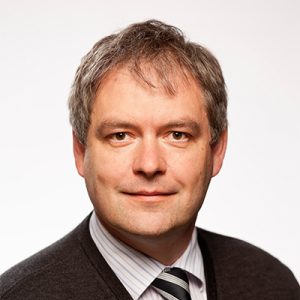
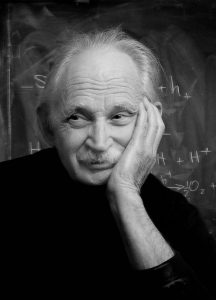
 New research is building a bridge from nature’s chemistry to greener, more efficient synthetic chemistry.
New research is building a bridge from nature’s chemistry to greener, more efficient synthetic chemistry.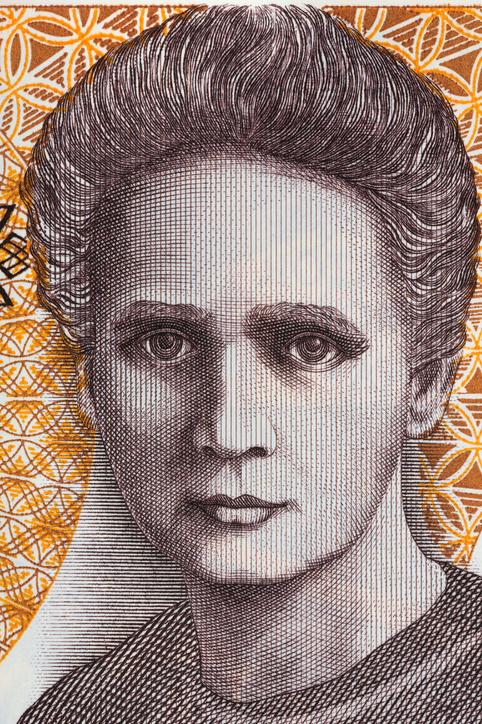 Ask people to name the most famous historical woman of science and their answer will likely be: Madame Marie Curie. Push further and ask what she did, and they might say it was something related to
Ask people to name the most famous historical woman of science and their answer will likely be: Madame Marie Curie. Push further and ask what she did, and they might say it was something related to  Scientists have found that a common enzyme can speed up—by 500 times—the rate-limiting part of the chemical reaction that helps the Earth lock away, or sequester, carbon dioxide in the ocean.
Scientists have found that a common enzyme can speed up—by 500 times—the rate-limiting part of the chemical reaction that helps the Earth lock away, or sequester, carbon dioxide in the ocean.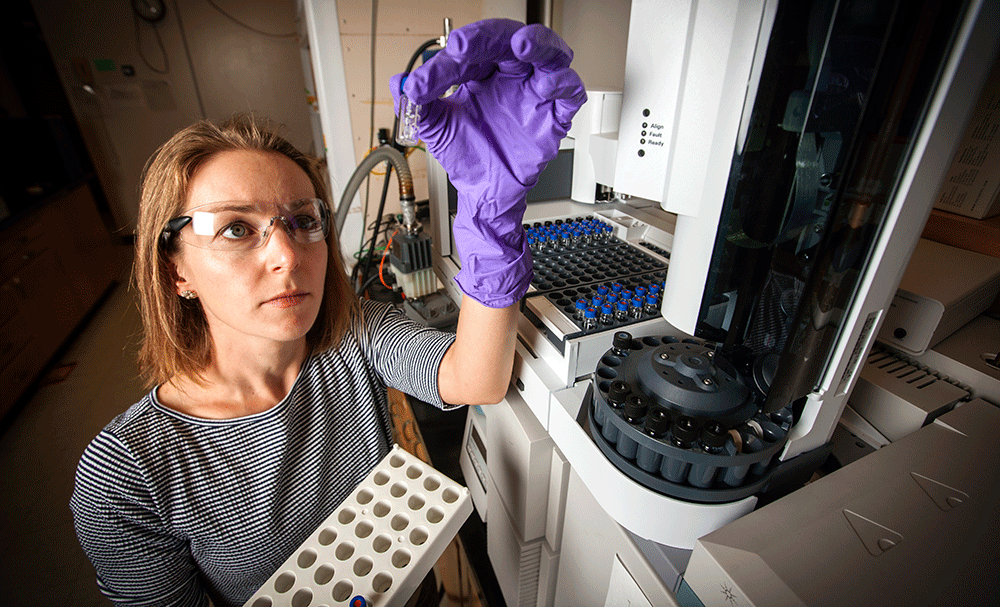
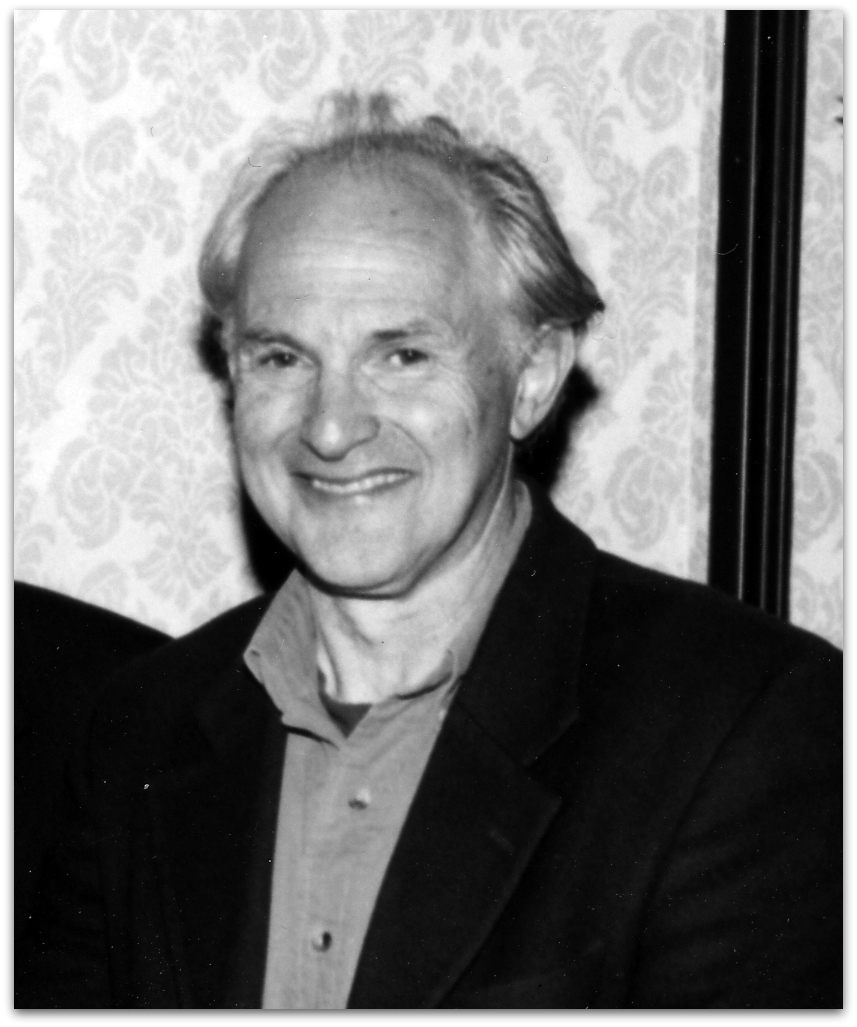 A giant among giants
A giant among giants